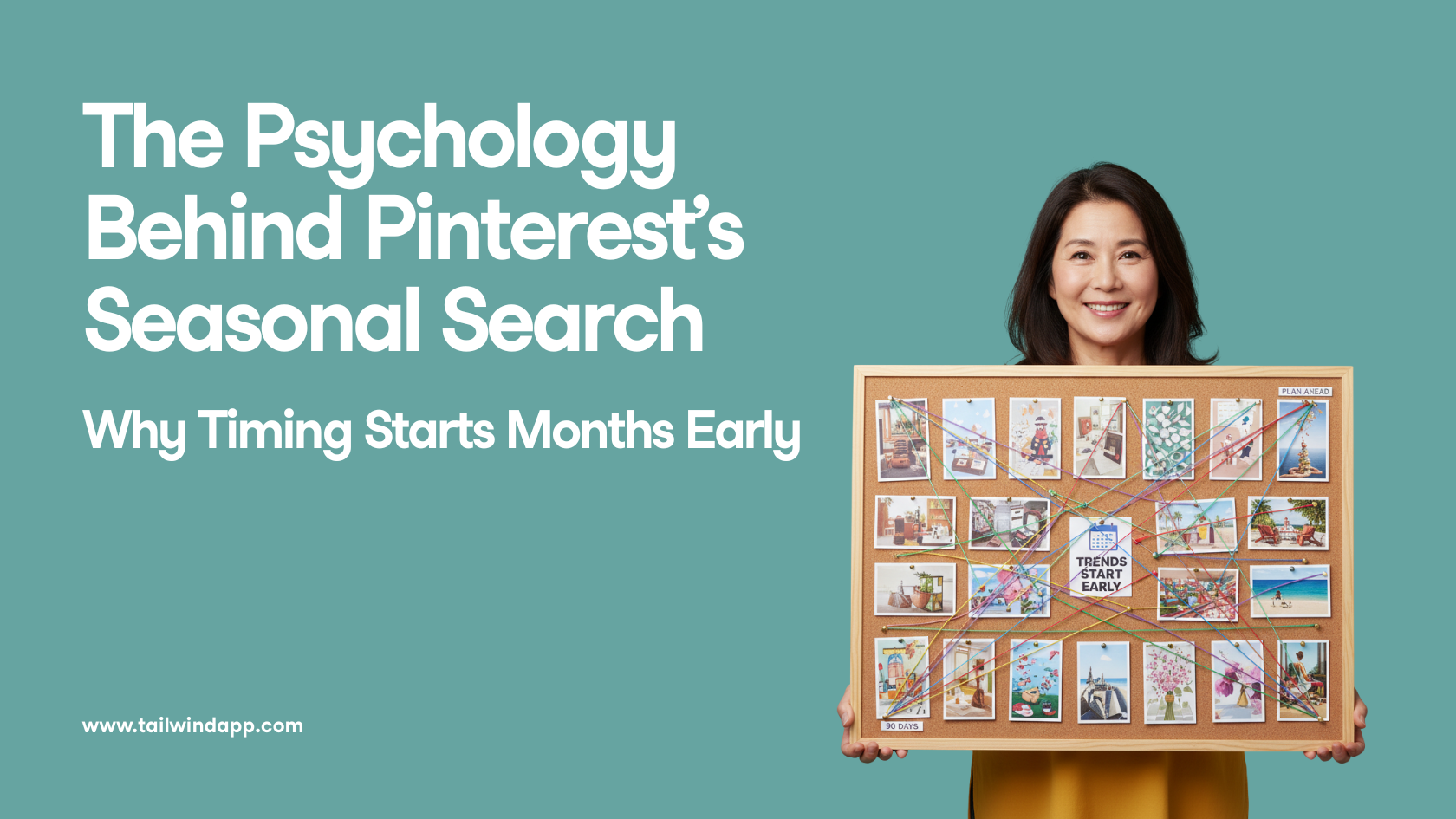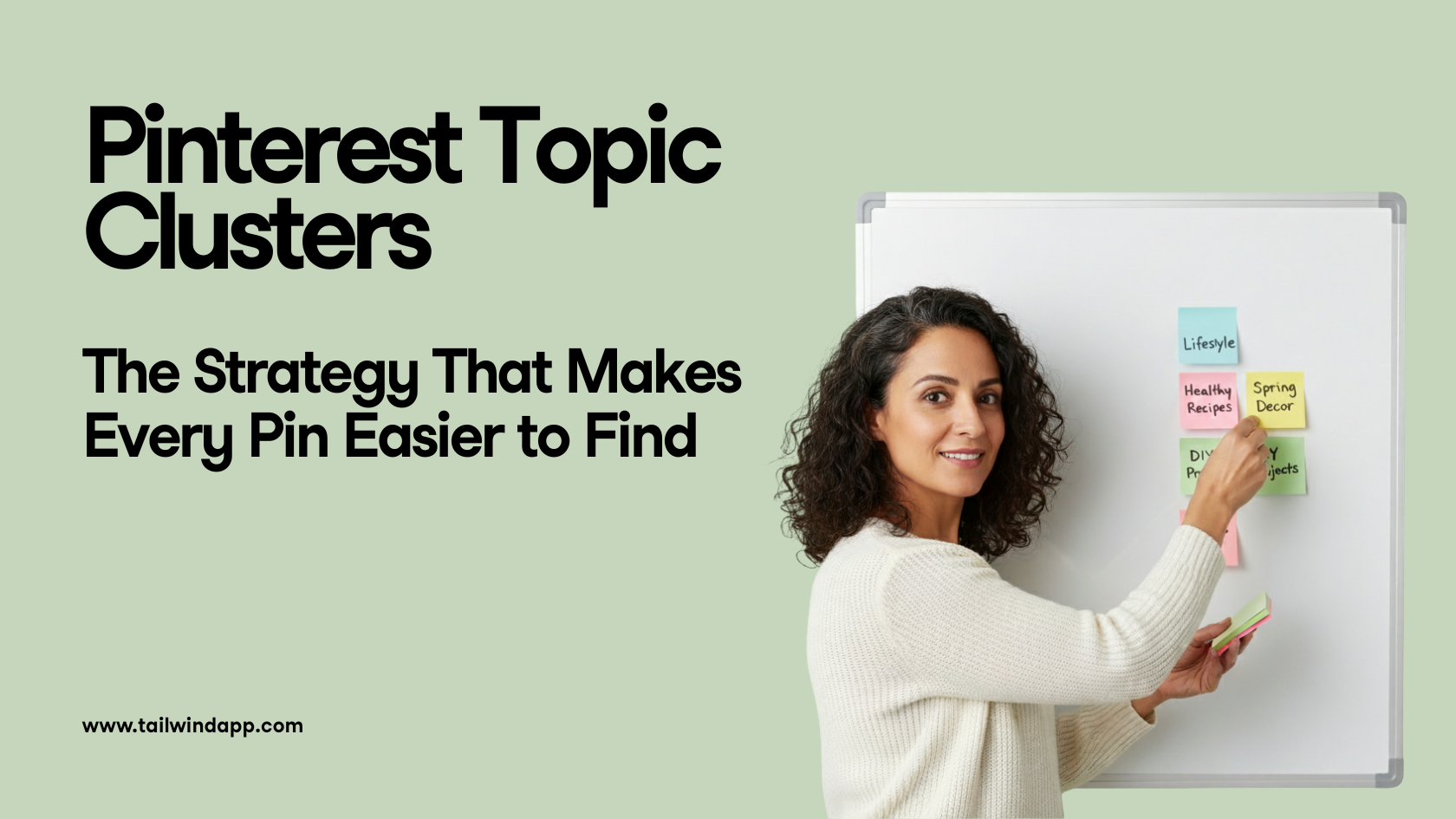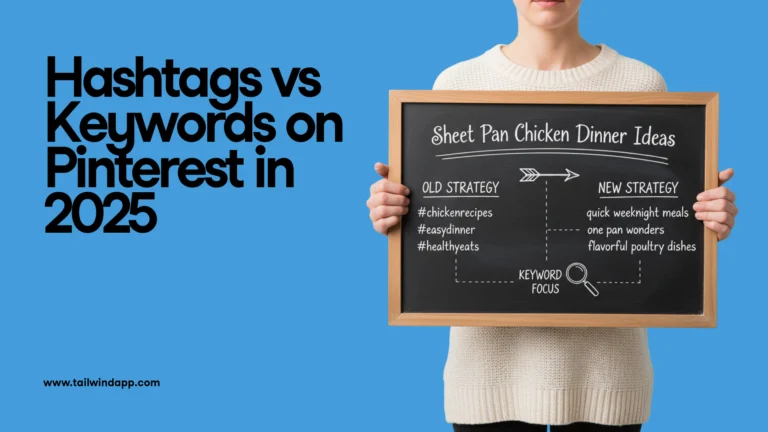
Facebook offers a wealth of opportunities for businesses and marketers. The popular social network makes it extremely easy to target and reach almost any audience with your marketing message.
But after seeing tons of targeted ads and advertising posts from other businesses, you might start to believe that sales copy is what garners attention on Facebook.
It can be easy for marketers and businesses to get caught up in their goals and forget that Facebook is about developing a social connection.
Featuring stories on your personal Facebook timeline, Facebook Business Page, and Facebook Groups set your content apart. The secret to creating compelling posts is getting that customer to press the “Read more” button. But how do you keep your readers’ captive attention?
Take a note from old radio shows and serial stories to create surprising, engaging stories! Breaking up stories and adding cliffhangers can turn a casual reader into a lasting customer.
Here’s how you can create fascinating stories with your Facebook posts.
Why You Need Storytelling to Gain Fans Who Follow You Wherever You Go
Years ago, storytelling was the primary social currency on Facebook. Telling great stories and writing engaging posts was the only way to gain a following beyond friends and family on the social network.
But as organic reach dwindled, many marketers and businesses shifted their focus to Facebook ads, leaving their pages neglected or peppered with boring filler content.
As the ad market becomes more saturated and more expensive, many businesses are once again seeing the benefits of using storytelling to generate higher engagement. Even Facebook itself knows the value of storytelling on its platform. According to Facebook’s research, sharing your brand story before presenting marketing messaging can increase the likelihood that someone will buy from you.
A compelling story is platform-agnostic. Creating strong stories on Facebook can encourage people to follow you elsewhere, too. That’s why storytelling is a great way to build your email list, strengthen your Instagram following, grow your Pinterest page, and more.
Many brands avoid telling stories because they want to maintain a more professional image. But, that professional image doesn’t work well on a platform dedicated to human connection. Telling stories is a great way to show the humanity behind your brand and start a conversation with your customers.
Using Your Real Life and Your Clients’ Lives to Source Emotionally Relevant Stories
When you hear storytelling, you probably think of fiction. This misunderstanding of storytelling often stands in the way of brands developing a more nuanced personality online.
Even the best fiction is often a dramatized version of real-life events. That’s why you should look at your own life and your clients’ lives for inspiration to tell the best stories!
The power of stories comes in tapping into your customer’s emotions. While lots of marketing messaging focuses on elucidating pain points, stories can focus on the humanity behind the brand and show a wider range of feelings for your customer to relate to.
One of the best ways to garner new stories for social media is through interviewing. When you interview your clients or ask someone to interview you, ask questions like, “When was a time you felt overjoyed about your business?” or “Tell me about a time when you felt scared related to your business.” Don’t forget to record the interview so you get every detail.
When you hear the stories, they may not seem relevant to your product or appropriate to post on social media. But, when you go back to review the transcript later, you will likely find some nuggets of inspiration that you can share or expound on.
Authenticity is the secret to exceptional marketing. Avoid the temptation to censor yourself and allow your voice to shine through. Sharing these types of stories creates a lasting connection between you and your audience, so it pays to be as genuine as possible.
Breaking One Story into Multiple Pieces of Content
When we sit down to write a Facebook post, we often try to create content that works for the platform. But what if we created the story first, and adjusted it for the platform, instead?
When you tell stories aloud during an interview, they may seem a bit long for a Facebook post. But, when it comes to storytelling, there’s no need to be quippy. Your goal is to pull people in, not to tell the whole story in one post.
As you review the transcript of your story, look for the lessons or wisdom you can pull from it. Expounding on these details can help you turn one story into a week’s worth of posts.
One of the things that helps your organic posts show up in the Facebook algorithm is a customer’s interest in your brand. Getting them to click the ‘Read More’ link can show Facebook that customers want to see your content more often. This is a great way to draw out stories across multiple posts and build your audience’s curiosity.

In your first story, focus on the emotion of the story and pull out the basic storyline. Share these details and mention how you learned these major lessons or discovered these things from this experience. Include images that show your client or your business at that time.
The first post serves as a teaser, showing the base of the story and the simplest breakdown of the lessons learned. At the bottom of your post, you’ll tell your audience that you’ll be revealing more of the story throughout the week.
Then, pull out shocking or surprising details from your story to lead each post. Allow your experience to lead the way and serve as a relatable lesson to your customers. Tie these details back to the lessons you learned or what you discovered, but leave each post with a cliffhanger to compel your customers to keep looking out for your posts. Share a photo with each post to boost engagement.
Resolving Cliffhangers using Stories, Lives, and Posts to Encourage Ongoing Engagement
One of the best things about Facebook is that there are so many ways to tell stories. Using Stories, Lives, and written posts can strengthen your digital storytelling. All you need to do is inform your customer where the story will continue.
Cliffhangers keep your story moving forward from post to post. A cliffhanger focuses on the information the customer most wants to know moving forward. It may be the next step of a story after a surprising twist, or it may be the secrets behind how you created $100,000 overnight.
At the end of a post, you can tell readers that you’ll be revealing those secrets on a Facebook Live in your group, a post in your Stories, or another written post at a certain time. Then, remind them to turn on notifications so they don’t miss the next part of the story.
Save some juicy details of your story specifically for your Lives or Stories, and don’t be afraid of going off-script. Your audience is already invested enough to tune in, so this is a great time to lean into the emotions of the story and share fun details that may not fit into your posts. Give your viewers an insight into your personality and pretend like you’re telling this story to your closest friend. Better yet – ask your closest friend to tune in!
Five Quick Tips to Creating Compelling Stories on Facebook
Making storytelling a regular part of your social media content strategy can help you turn passive leads into engaged customers. Here are some easy ways to make your stories more engaging on Facebook.
1. Focus on Empathy
Reflect on how you felt when you were going through problems your customer is experiencing. Trigger those feelings authentically and share from a place of understanding and compassion. There’s no need to be the expert in these posts.
2. Stay on Brand
Authenticity is key, but don’t deviate away from your brand’s values. If your brand is aspirational, a rags-to-riches story is perfect for your audience. The same story may not work well for a non-profit, though.
3. Go for a Soft Sell
The main focus of storytelling is to increase engagement, awareness, and interest in your brand. However, that doesn’t mean you have to avoid talking about your product or service entirely. Connect your story to your product, but avoid conversion-based sales language.
4. Keep Your Story Focused
Expand on your story without going on tangents. Stay focused and don’t draw out your story simply for the sake of drawing it out. Keep your goals in mind as you reveal the story.
5. Monitor Your Results
For some audiences, posts may perform better. Others prefer to hear a story on Facebook Live. Track your engagement and see what works for your fans.
Keep Your Audience Coming Back for More
There are many ways to connect with your audience on Facebook, and storytelling is one of the most powerful ways to take advantage of the platform. Use these tips to develop stories that help customers get to know you and your brand.
How are you using Facebook to share stories? Will you be posting more often with these tips? Let us know in the comments!







